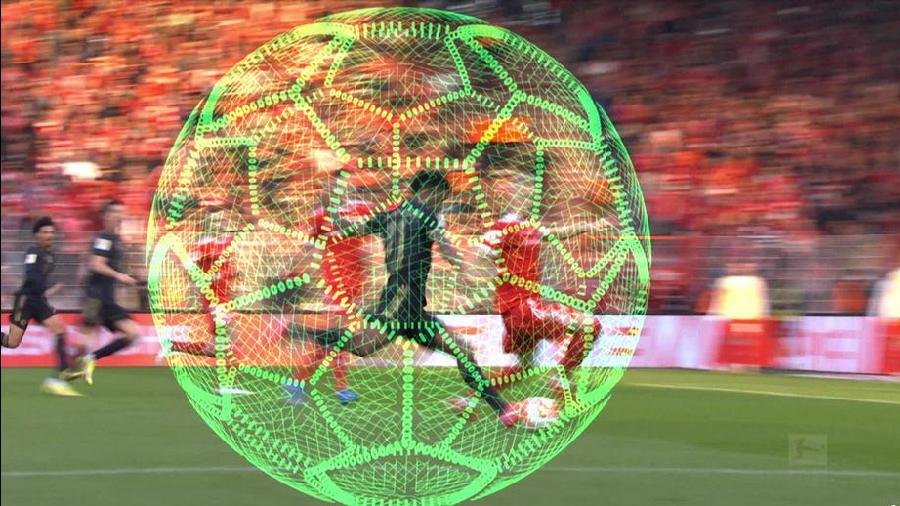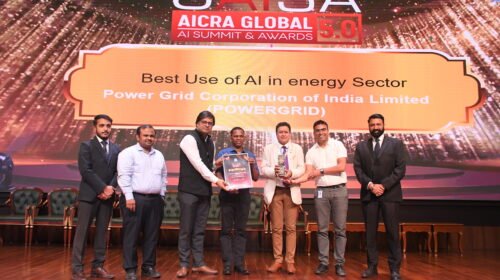- FIFA World cup uses artificial intelligence in calling offsides.
- The system is called as semi-automated offside technology (SAOT).
In this year’s World Cup, FIFA is utilizing new artificial intelligence to assist referees in calling offsides.
The system, known as semi-automated offside technology (SAOT), tracks the ball and each player’s movements using 12 cameras mounted on the stadium’s roof.
SAOT recognizes and tracks players and the ball using artificial intelligence, calculating their positions 50 times per second.
The official Qatar 2022 World Cup ball, called Al Rihla — Arabic for “the journey,” has a sensor attached that allows SAOT to compare the exact moment it was kicked with the position of the team’s last defender and the opposing team’s striker.
This level of precision is key for very tight situations in which it’s difficult for referees to quickly call offsides. Sometimes a goal and even the result of the whole match can depend on this.
Whenever SAOT detects an offside, an alert is sent to the video match officials. They inform the referee, who ultimately has the final say. That’s why the system is considered “semi-automated.”
Video assistant referee (VAR) systems are commonly used in soccer matches. They detect an offside in about 70 seconds, which is much longer than SAOT. Officials had to find the correct kick moment and draw the offside line themselves using VAR technology. All they have to do with SAOT is confirm the offside suggested by the system.
According to FIFA’s website, the new process “happens in a few seconds and means that offside decisions can be made faster and more accurately.”
If the referee agrees with SAOT’s suggestion, the system will display a 3D animation of the offside broadcast on a large screen in the stadium to show fans why the call was made.
Detecting objects: A complex task
The task of making sense of — and extracting valuable information from — video footage is called video analysis, and the artificial intelligence sub-field that deals with that is computer vision.
Imagine that you are a computer, and you can’t see the same way humans do. Your eyes are replaced with digital cameras that receive light and transform that information into data. The data tells you how every pixel at every frame appears — for example, how much green, red and blue each pixel has.
This data usually appears as a gigantic table of values. For example, for a 1080p video, where each frame has 1920 x 1080 pixels, each row would have 1920 pixels and each column 1080.
How do you make sense out of this? Well, that’s one of the hottest topics in artificial intelligence —object detection and tracking.
Object recognition
Once enough information has been gathered to make educated guesses, the computer’s hypothesis will be cross-checked against known objects using a classification process.
Artificial intelligence, such as SAOT, is typically trained on massive video databases full of objects previously identified by humans — in this case, soccer players on the field. This is how artificial intelligence learns how to look at players. After extensive training, this technology can detect and track players quickly and easily.





